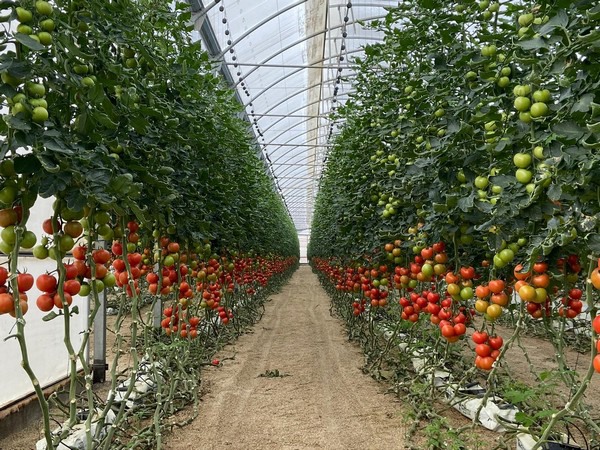The 35,000 hectares of solar greenhouses located in Almeria and the Granada coast have become Europe's healthy pantry, mainly from autumn to spring, when continental production is not possible in other countries due to low temperatures.
Andalusia's solar greenhouses have become a reference in the world of agriculture, as the optimal weather conditions in this area of Spain coupled with the modern, sustainable, and innovative production system used in the greenhouses has allowed them to have a clear production and export capacity. Thus, it's not surprising that other countries copied this successful model and that the UN recognized it in 2017 as the best example of sustainability to feed the world.

The 14,500 family farms that own the solar greenhouses produce 4.5 million tons of fruit and vegetables. 75% of this production is exported to EU countries and 6 out of 10 vegetables eaten in Europe come from greenhouses in southern Spain.
The main destinations for these fruit and vegetable products are Germany, with 26% of the market share, France (17%), and the United Kingdom (12%). The horticultural products of the Andalusian solar greenhouses are also exported to far-away markets, such as Canada, Liberia, or Finland. Rapid, refrigerated transport systems deliver the products to distributors at their optimum point of maturity. A product collected first thing in the morning can be available on supermarket shelves throughout Europe in the following 48-72 hours.
These markets, which are eager for fresh products and have a small production outside the summer season -mainly because of their unfavorable cold weather-, are increasingly betting on a stable, quality, and safe supply throughout the year, which they can only find in the production of southern Spain. In fact, during the COVID crisis, the solar greenhouses' production system wasn't stopped at all and it demonstrated its effectiveness and safety to continue supplying all markets with healthy products, even in the most adverse circumstances.
Environmentally friendly crops
In recent years Southern Andalusia has bet on making its crops more environmentally friendly, which has increased their penetration in other markets. Producers are carrying out biological control, a method that uses beneficial insects to combat pests in an environmentally friendly way. This cultivation technique has been recognized by the main European distribution chains and has been a decisive circumstance in favoring the fruit and vegetable products from solar greenhouses in Europe over the products of third-party countries.
For more information:
Cute Solar 
www.cutesolar.es
